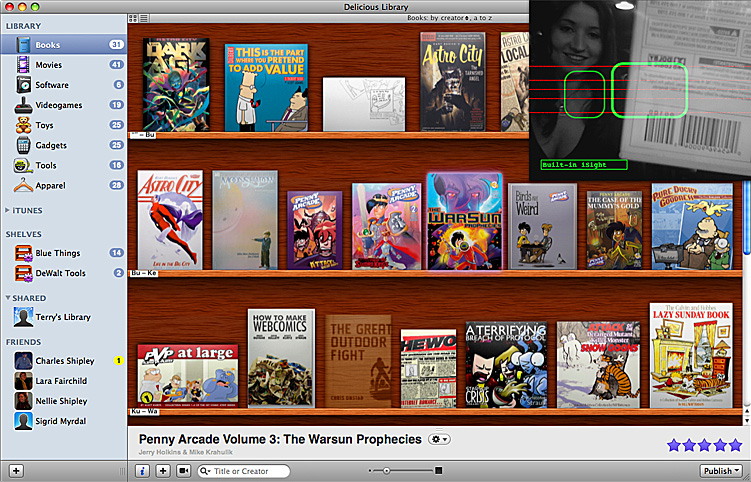Will Richardson, over at weblogge-ed.com, says that the notion of school is changing, and I’d like to believe him. He quotes the New Media Consortium’s K-12 Horizon Report, and in particular highlights these two points:
There is increasing interest in just-in-time, alternate, or non-formal avenues of education, such as online learning, mentoring, and independent study. More and more, the notion of the school as the seat of educational practice is changing as learners avail themselves of learning opportunities from other sources. There is a tremendous opportunity for schools to work hand-in-hand with alternate sources, to examine traditional approaches, and to reevaluate the content and experiences they are able to offer.
The way we think of learning environments is changing. Traditionally, a learning environment has been a physical space, but the idea of what constitutes a learning environment is changing. The “spaces” where students learn are becoming more community-driven, interdisciplinary, and supported by technologies that engage virtual communication and collaboration. This changing concept of the learning environment has clear implications for schools.
These kinds of comments, particularly from a report sponsored by Hewlett-Packard, have to be taken with a grain of salt, but I think it’s safe to say that my own experiences affirm them. Bobby Samuels, one of my top AP Physics students, revealed last week the secret to his success on tests: “I just go over the PowerPoint slides that you post on the website. That helps a lot.” Other students appreciate the availability of homework solutions to assist them with some of the “just in time” learning that Mr. Richardson mentions above.
And most recently, I’ve been posting full source code for assignments in the computer programming elective that I’m teaching this year. That doesn’t appear to have been quite as successful an enterprise; you can chalk that up to second-semester senioritis among the 12th graders in there, or the fact that this is the first time I’ve taught the course. (I’ll take the blame this year, and we’ll see how it goes next time.)
The most significant example of distance learning, for me, remains the LearnAPphysics.com website that I run, which as of this writing has over 1630 subscribers from around the world. It doesn’t have the full-fledged status of a “learning community” that Will probably wants—it’s a one-way delivery of practice problems rather than a truly interactive process—but it’s a clear example of how students are reaching out to develop their own strategies, and finding their own tools to guide their learning.
The range of people using that site runs the gamut, from high school students in the States who are reviewing for a test the next day, to this 66-year old gentleman from India, a principal of an elementary school there who has become interested in pursuing his own study of physics.
I don’t see bricks-and-mortar education going away any time soon—for all our Googling and Wikipedia, we still seem pretty attached to the idea of “school as place.” But that may be starting to change…



